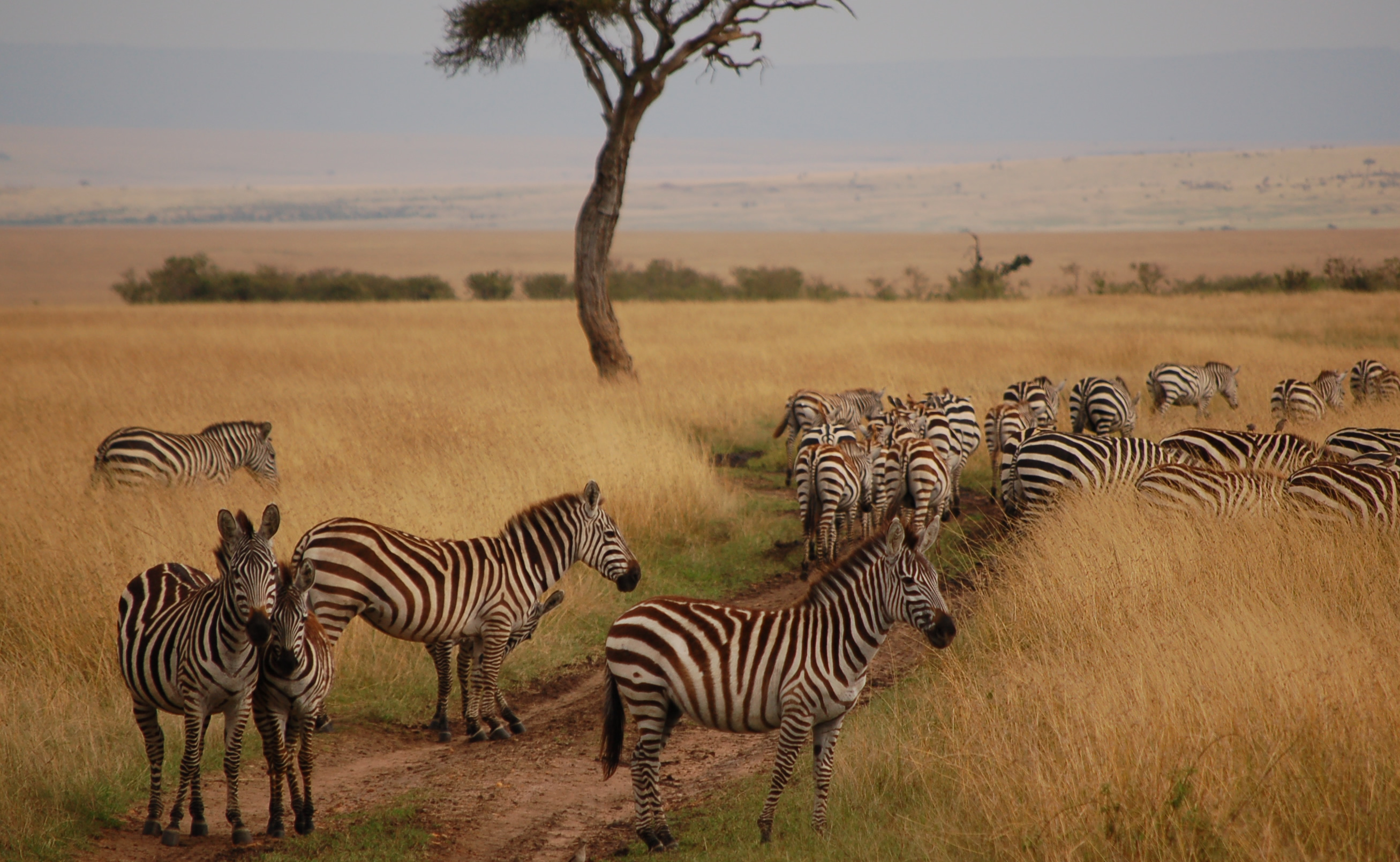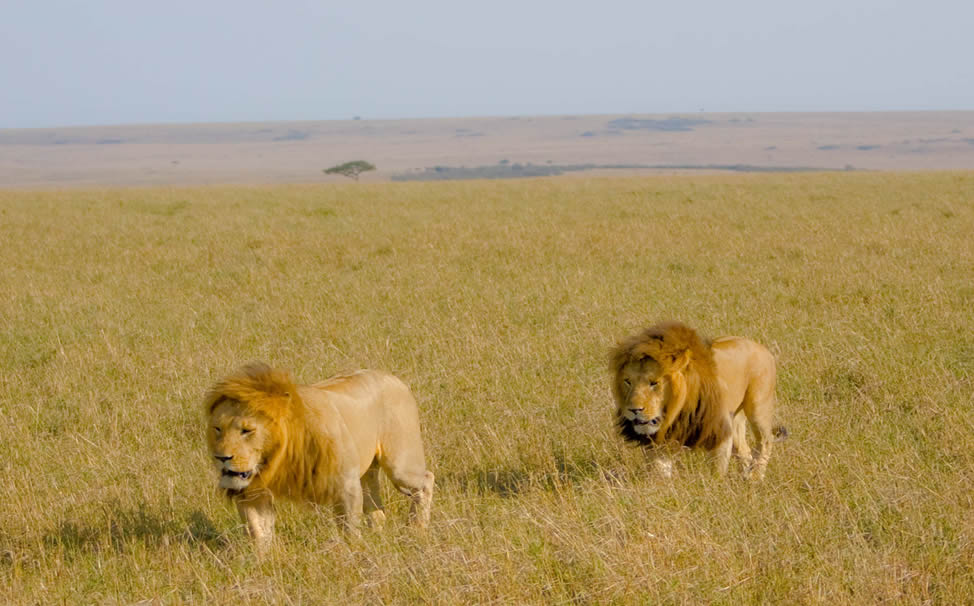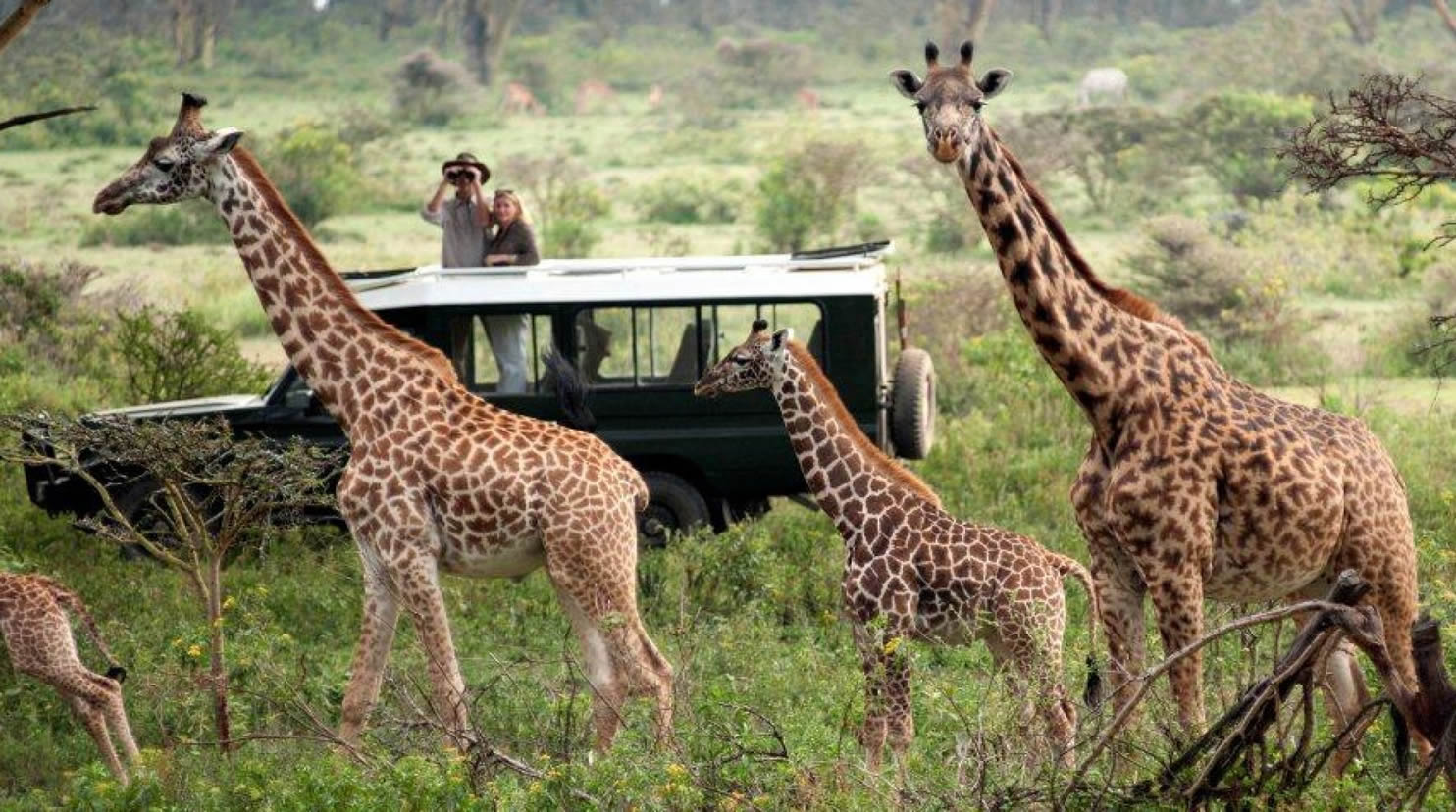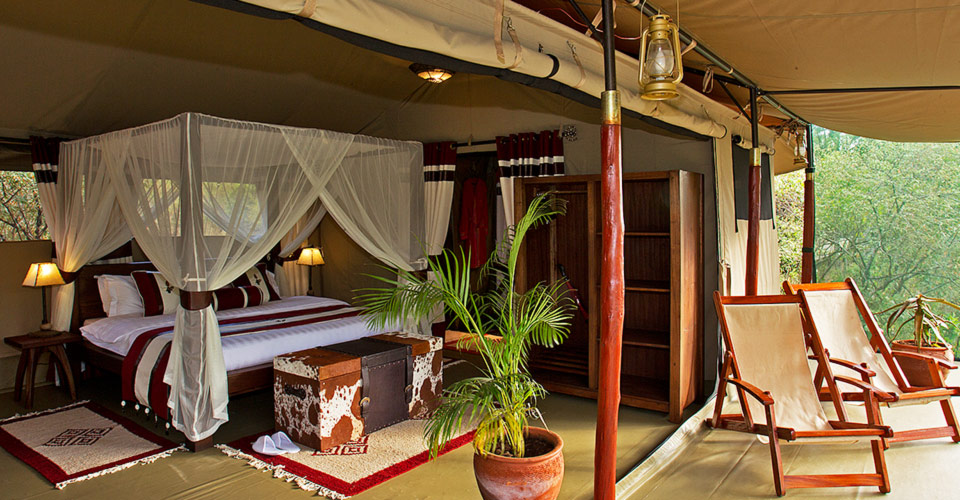Welcome to Maasai Mara National Park Kenya
When you think about safaris in Kenya, the Maasai Mara National Reserve is such exceptional safari destination that should strike your mind. This reserve features as one of the most exceptional travel destinations and the most famous globally due to its distinct wildlife species and splendid landscapes. Maasai Mara National Reserve straddles within the mighty Rift Valley, along the fault line of 5600 kilometers long stretches from Ethiopia’s Red sea via Kenya, Malawi, Tanzania and Mozambique in vast grassland in Narok County-southwestern Kenya and it features as an extension with Tanzania’s Serengeti National Park in the Mara area. Its topography features largely the vast savanna grassland with scattered acacia trees that thrive on the southeastern part of this protected area and Mara and Talek Rivers flow via the rolling plains of Maasai Mara Reserve though numerous seasonal Rivers appear during the wet season but they dry out as soon as rains stop.
 This reserve was founded as a wildlife sanctuary in 1961 and covered an area of about 250 square kilometers and later expanded to the east and covered an area of about 1821 square kilometers that later on turned into a game reserve and a portion of it turned to be a national reserve in 1974. Maasai Mara National Reserve then further reduced to 1510 square kilometers and this is its current size and unlike the rest of the protected areas, this reserve isn’t run by Kenya Wildlife Service (KWS) but it is run by the Narok County government. Its eastern side which features as the frequently visited area is run by Narok County Council while the western side also known as the Mara Triangle is run by the Trans Mara County Council that is also the contracting management to Mara constituency.
This reserve was founded as a wildlife sanctuary in 1961 and covered an area of about 250 square kilometers and later expanded to the east and covered an area of about 1821 square kilometers that later on turned into a game reserve and a portion of it turned to be a national reserve in 1974. Maasai Mara National Reserve then further reduced to 1510 square kilometers and this is its current size and unlike the rest of the protected areas, this reserve isn’t run by Kenya Wildlife Service (KWS) but it is run by the Narok County government. Its eastern side which features as the frequently visited area is run by Narok County Council while the western side also known as the Mara Triangle is run by the Trans Mara County Council that is also the contracting management to Mara constituency.
The Maasai Mara National Reserve derived its name in remembrance of the Maasai tribe the indigenous people in this region where the protected area currently straddles. The Maasai were the ancient pastoralists who are famous for their warrior practices and were once required to kill a lion to prove manhood and strength. These people are also famous for their red robes and beaded jewelry and given their constant movement to look for pasture and water for their livestock. While some of these people have left pastoralism and adjusted to modern life, most of them still keep their traditions like the initiation rituals for boys to manhood and defined roles and responsibilities for women and men of every age within a society.
 Maasai Mara National Reserve features 4 major kinds of landscapes and they include the Mara triangle bordering Mara River with Verdant grassland and acacia woodlands supporting vast wildlife species including the migrating wildebeests, the Ngama hills to the east with sandy soil and leafy bushes that feature most of the black rhinos, the central plains make up the most expansive portion of the national reserve with dotted bushes and boulders on the rolling grasslands and are loved by the plains wildlife and lastly the Oloololo escarpment which makes the western border area of the reserve and rises to amazing plateau. The Maasai Mara National Reserve features as the only part of the Greater Mara Eco-system which covers most ranches like Ol chorro, Lemek, Siana, Oloirien, Ol derkesi, Oirowua, Naikara, Koiyaki, Olkinyei, Kerinkani, Kimintet and many more.
Maasai Mara National Reserve features 4 major kinds of landscapes and they include the Mara triangle bordering Mara River with Verdant grassland and acacia woodlands supporting vast wildlife species including the migrating wildebeests, the Ngama hills to the east with sandy soil and leafy bushes that feature most of the black rhinos, the central plains make up the most expansive portion of the national reserve with dotted bushes and boulders on the rolling grasslands and are loved by the plains wildlife and lastly the Oloololo escarpment which makes the western border area of the reserve and rises to amazing plateau. The Maasai Mara National Reserve features as the only part of the Greater Mara Eco-system which covers most ranches like Ol chorro, Lemek, Siana, Oloirien, Ol derkesi, Oirowua, Naikara, Koiyaki, Olkinyei, Kerinkani, Kimintet and many more.
Maasai Mara National Reserve stretches at altitudes of 1486 to 2149 meters hence providing it a humid climate and experiences average temperature compared to the rest of the areas in Kenya. Temperatures at the reserve stand at 30 degrees Celsius and reduce at night to 15 degrees Celsius. It experiences its rains from March to May and the short rains from November to December. From July to October, the reserve is dry and vegetation is dense ands temperatures are ideal for visitor safaris. Its peak season usually starts from December to January and these are characterized by hot temperatures and between June and July, the reserve experiences cool temperatures.
What to see in Maasai Mara National Reserve
 Maasai Mara National Reserve is very famous for its annual wildebeest migration where more than 2 million of the wildebeests, zebras and antelope families move across the borders of the Serengeti National Park and the Mara. At the end of July to November, millions of wildlife species scatter the great plains of the Maasai Mara hence one of the most jaw-dropping natural wonders. Maasai Mara National Reserve features more than 95 species of mammals, amphibians and reptiles.
Maasai Mara National Reserve is very famous for its annual wildebeest migration where more than 2 million of the wildebeests, zebras and antelope families move across the borders of the Serengeti National Park and the Mara. At the end of July to November, millions of wildlife species scatter the great plains of the Maasai Mara hence one of the most jaw-dropping natural wonders. Maasai Mara National Reserve features more than 95 species of mammals, amphibians and reptiles.
The notable wildlife species include the big five game in Africa-Cape buffaloes, leopards, African elephants, African lions and black rhinos, cheetahs, hippos, crocodiles, zebras, warthogs, giraffes, bat-eared foxes, hyenas, jackals, baboons and antelope families especially the reedbucks, waterbucks, Thomson gazelles, hartebeests, Oribis, roan antelopes, duikers, impalas, grant’s gazelles, elands, topis and others. More than 470 bird species thrive within this reserve making it one of the birders havens in Kenya, most of these are migratory species and over 60 raptor species.
The other bird species include Jackson’s bustards, vultures, African pygmy or pygmy falcons, lilac breasted rollers-the national bird in Kenya, black-bellied hart laub’s bustards, grey crowned cranes, guinea fowls, pel’s fishing owls, red winged Schawlow’s Turacos, secretary birds, Ostriches, hornbills, long crested eagles and many more. For visitors on safari to this reserve, the notable tourist activities for you to engage in include the night game drives, game drives, birding, hot air balloon rides, wedding photography, bush meals-breakfast, lunch and dinner, visit to the Maasai cultural villages and many more.
When to visit Maasai Mara National Reserve
Maasai Mara National Reserve can be visited at any time of the year but the high season at this reserve occurs between July and October and November to February is also perfect for visitors to engage in game drives.
Where to stay in Maasai Mara National Reserve
 Maasai Mara National Reserve has got several lodging and accommodation facilities for you to spend a night while on your safari. Most of these include the Maasai Serena Safari Lodge, Cottar’s 1920s Safari Camp, Keekorok Lodge, Bateleur Camp, Fairmont Mara Safari Club, Governors Private Camp, Base Camp Maasai Mara, Mara Bush Camp, Kichwa Tembo Tented Camp, Mara Plains Camp, Olonana Tented Camp, Mara Expedition Camp, Elewana Sand River, Mpata Safari Club, Matira Camp, Acacia house, Mara West Chalets, Mara Ngenche Luxury Tented Camp and others.
Maasai Mara National Reserve has got several lodging and accommodation facilities for you to spend a night while on your safari. Most of these include the Maasai Serena Safari Lodge, Cottar’s 1920s Safari Camp, Keekorok Lodge, Bateleur Camp, Fairmont Mara Safari Club, Governors Private Camp, Base Camp Maasai Mara, Mara Bush Camp, Kichwa Tembo Tented Camp, Mara Plains Camp, Olonana Tented Camp, Mara Expedition Camp, Elewana Sand River, Mpata Safari Club, Matira Camp, Acacia house, Mara West Chalets, Mara Ngenche Luxury Tented Camp and others.
Getting to Masai National Reserve
Maasai Mara National Reserve is situated about 241 kilometers southeast of Nairobi capital city and visitors can reach to this reserve by air and road. By road, you can use a bus, taxi or private means of transport from Nairobi to Maasai Mara and it takes visitors about five hours. Visitors are encouraged to use 4 wheel drive safari cars to help them navigate through the muddy routes to the reserve. For visitors who opt for scheduled flights, there are scheduled flights from Jomo Kenyatta International Airport or Wilson Airport in Nairobi to Keekorok, Olkiombo and Musiara airstrip.
Lastly, Maasai Mara National Reserve features among the very few most famous protected areas in Kenya that you should consider a must to visit especially if you are interested in exploring more about the wildebeests in the wilderness and several of the big game in Africa.
